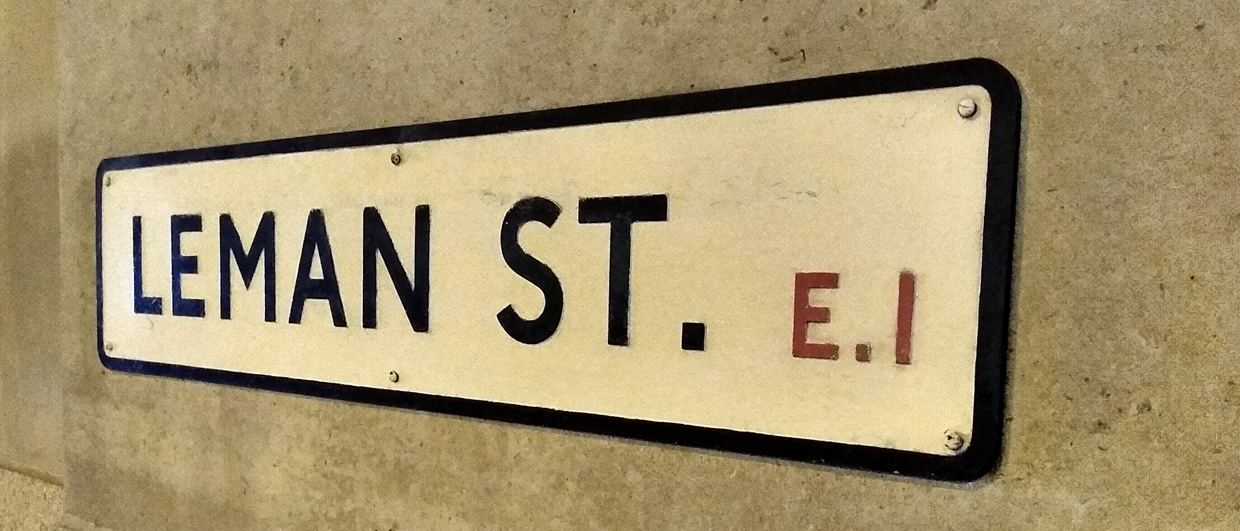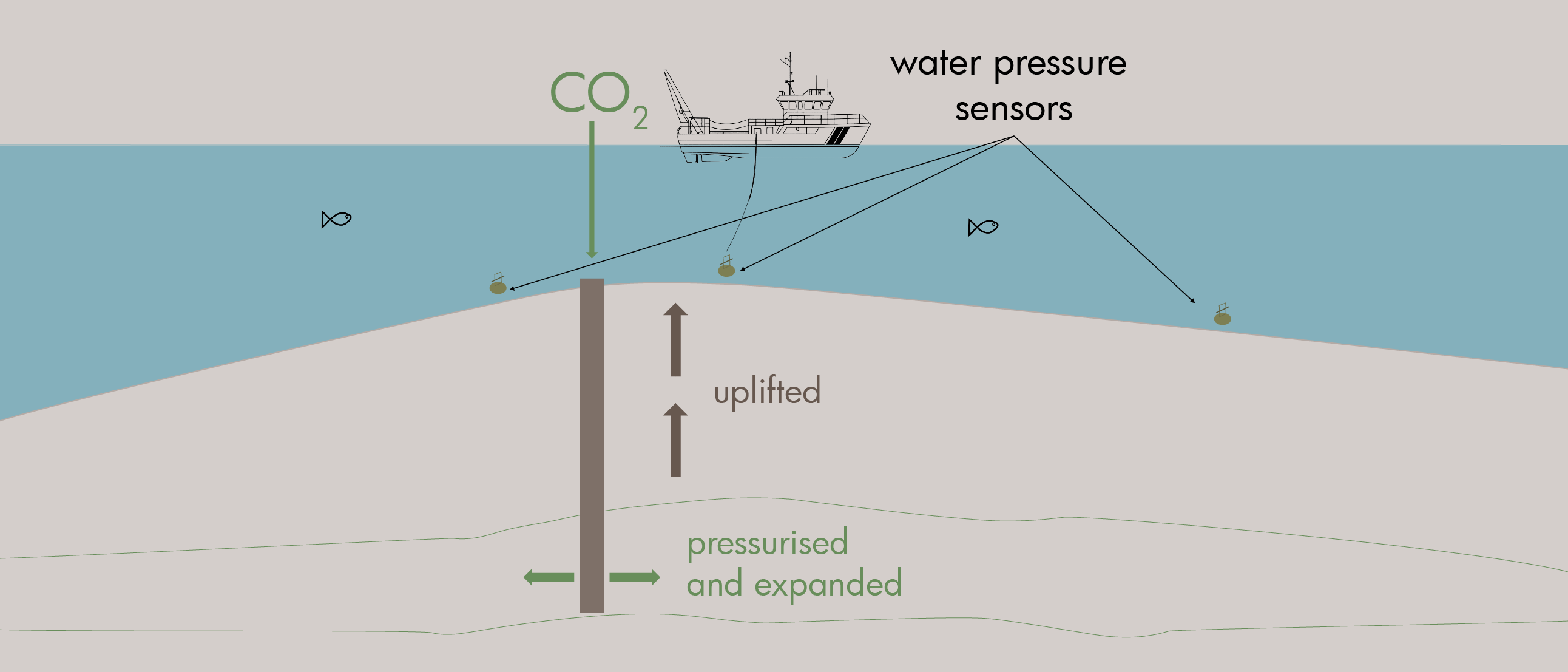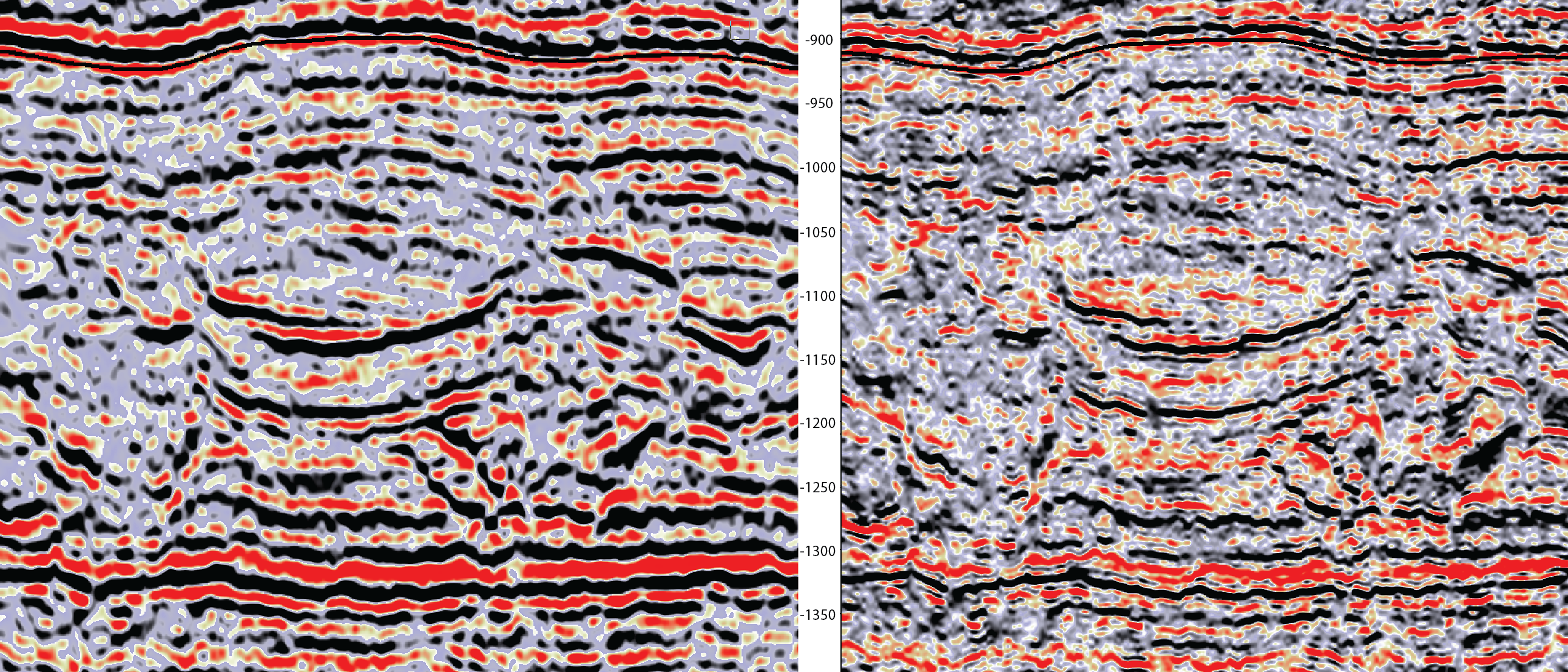It happens quite regularly that people’s surname seem to be closely linked to the profession they operate in. This certainly applies to Alexander Bump from the University of Texas in Austin. Even when he wasn’t really advocating for storing CO2 in bumps in the subsurface.
Alex’ talk – the first of the GESGB’s CCS4G Conference that took place in London on Tuesday – was also the most insightful one for me. The main reason for this was the sheer contrast in approach to finding the right CO2 storage site in the onshore US Gulf Coast compared to how it is being done in some places in Europe these days.
“The problem is not the geology”, Alex said at the start of his talk. “The problem is the 1.1 million wells that have been drilled in this area.” And with some of them completed in the early 1900’s, when neither regulations nor cement existed, everybody understood where he came from.
Alex then zoomed in to a smaller sub-area of the Mississippi delta plain. Still a lot of wells all over the place. But the areas he subsequently selected as potential candidates for CO2 injection were clearly the least drilled, all born out of the idea to minimize the risk of leakage.
Legacy wells are clearly the number one thing to avoid in the US when it comes to CO2 storage site selection. This is also underpinned by the well integrity issues Sarah Stogner exposed over the past few years in the Permian Basin, where even much more recently drilled wells have proven to be leakage pathways for brines and oil.
But Alex went a bit further. He subsequently made a case for injecting CO2 in reservoirs without a clear trap being available. His thinking? “We need to disperse the CO2 as much as possible,” he said, “and we won’t get there when we inject in a 4-way closure and create a significant CO2 column that is prone to breaching the seal.
“The secret”, he said, “is to make sure that we inject into a reservoir where the CO2 can migrate from, and subsequently go into solution and trapped by capillary force. As such, much of it will ultimately be contained this way.” A play for migration loss, as he called it.
“In addition”, he said, “we should ask ourselves how good a seal we really need for effective capture.” In a video, he showed how the change from medium to fine sand caused CO2 to migrate laterally rather than straight into the fines. Do we need mudstones after all?
It all sounded quite interesting and refreshing in an environment where there is so much emphasis on containment and risk of leakage. However, what was lacking from Alex’ talk was a concrete example of the presented concepts applied in reality. “When you would take someone from the regulator behind the bike shed”, he said, “they would probably support the idea,” he said. But how would that be when the same person would be in his office?
That’s what we are up against.
But regardless, the contrast with Europe is huge. In the North Sea, a CO2 injection test will soon commence into one of the oldest and mostly drilled fields, Leman. There are wells drilled in the 1960’s, and it remains to be seen how good the cement of these wells still is. In the Netherlands, Porthos aims to inject CO2 into a depleted Triassic field, and in Denmark this will happen in the relatively small Nini West field.
In conclusion, there seems no coherent recipe for what the best storage concept is. Avoiding legacy wells at all cost, finding an undrilled closure, or a depleted field that has proven to be a sound container. Maybe they will all work, maybe they will all fail. But let’s get going.





